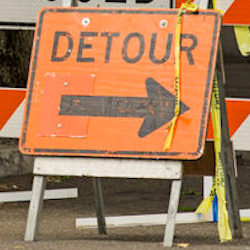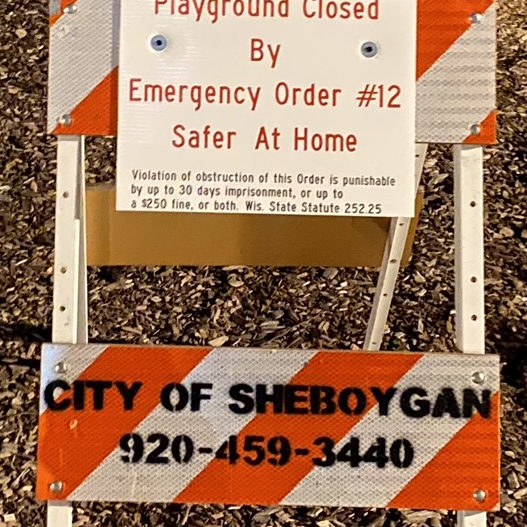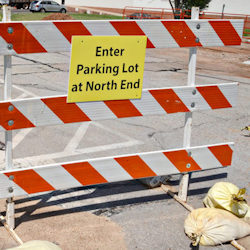Barricades
A barricade is an obstruction to deter the passage of persons or vehicles.
Barriers in construction are one of the most important ways to protect workers but also the general public.
The design of barricades for protection of employees must conform to Part VI of the Manual on Uniform Traffic Control Devices are incorporated by reference in 1926.200(g)(2). Barriers should be designed such that they are easily visible and distinguishable as a safety device.
Generally used for road or ramp closures along with other channelizing devices and appropriate signing. Barricades used in work zone applications are portable devices with three primary types:
- Type 1 Barricade - Used on lower speed roads and streets to mark a specific hazard, or can be used for sidewalk closures as appropriate. The Type I Barricade usually has only one reflective rail. Typically it is at least 24 inches wide with orange and white stripes alternating at a 45 degree angle.
- Type 2 Barricade - Used on higher speed roadways and has more reflective area for nighttime use to mark a specific hazard. Type II Barricades have two reflective rails, also with alternating orange and white stripes.
- Type 3 Barricade - Used for road closures. Type III Barricades are larger and have three reflective panels with alternating orange and white stripes. They are at least 4 feet wide (or larger).
Knowledge Check Choose the best answer for the question.
3-6. Which type of barricade would be best for road closures?
You forgot to answer the question!



